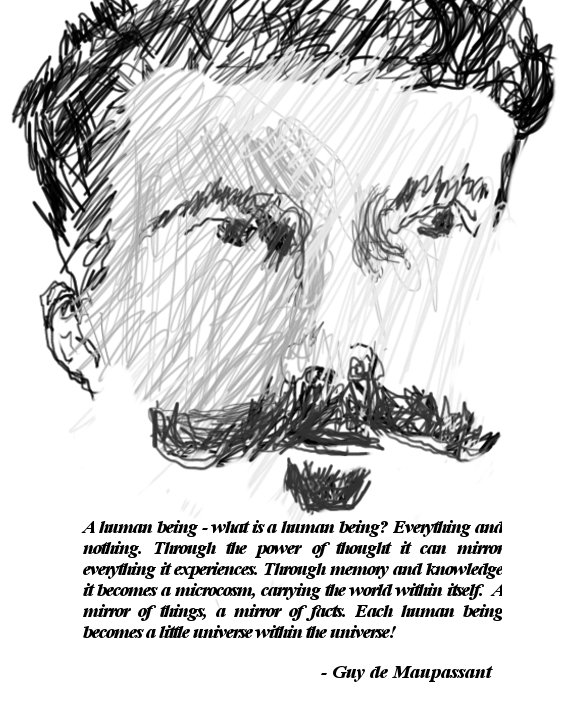Is anyone as surprised as I am that the Nobel Prize in Literature went to an old pasty white dude?
I’m mean, it’s only been four years since the last one was selected with Peter Handke, and five years before that since Patrick Modiano was selected, and three years before that since Tomas Tranströmer was selected.
Of course, Bob Dylan doesn’t count in 2016, because, well, wtf was that all about anyway?
Nor does Kazuo Ishiguro in 2017, unless you are of the mindset of the former South African apartheid government and regard those of East Asian descendancy as honorary whites.
Of course in this day and age it is treading in dangerous territory to assume the particulars of anyone’s identity, even that of assumed pasty old white dudes such as mentioned above, sans Ishiguro of course.
But I’m pretty damn confident of my assumptions.
Come to think of it, that’s a whole lot of old white dudes selected for the NPL in just a little over the past decade.
What’s up with that?
I thought, with the state of the world as it is, with global sensibilities as they are, old pasty white dudes were persona non grata when it comes to just about any form of praise or recognition.
Oui, no?
It certainly is a oui for me and I’m as old and male and pasty white as they come.
I say, to hell with old pasty white dudes, regardless of their particular talents, or lack thereof.
Can I get an amen?






